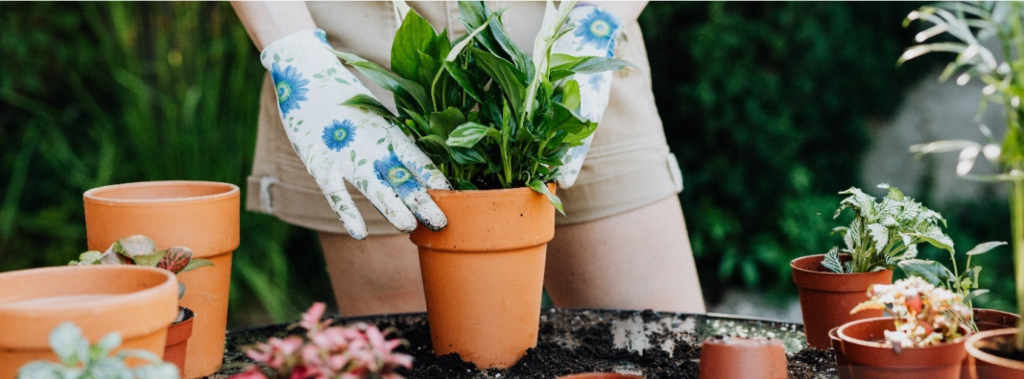

Biosoil – is a fully prepared, nutritious peat soil enriched with vermicompost for seed germination, growing seedlings and adult indoor plants, vegetable and flower crops.
This is a natural, safe, environmentally friendly, organic fertilizer. A product of processing organic agricultural waste by Californian earthworms. Digesting organic residues, worms secrete coprolites into the soil, which are the form of organic matter most suitable for absorption by plants.
Benefits of vermicompost:
This is a natural material obtained from volcanic perlite that has undergone heat treatment.
The composition and structure of agroperlite determine its main properties:
This is a substance of mineral origin, obtained by crushing the mineral, dolomite. It is used to fertilize, loosen the soil, and helps normalize soil acidity.
Fill containers (pots, cassettes) with biosoil. Then carefully place the seeds at a distance of 1.5-2 cm. After this, sprinkle with a layer of soil 0.5 cm thick, lightly compact with your palm and spray the soil with a spray bottle. Cover the top with polyethylene or glass until shoots emerge.
Place a layer of drainage 3-5 cm thick at the bottom of the pot, flowerpot or cache-pot, then fill the container with biosoil about 1/3 and plant the plant. After filling the gap between the root ball and the walls of the pot with soil, water the plant generously and mulch the top layer.
Prepare a planting hole measuring 50×50 cm for shrubs and 70×70 cm for trees. If necessary, create a drainage layer 10-20 cm thick from broken bricks or coarse gravel. Fill the planting hole 1/3 with biosoil and install the seedling. Spread and distribute the roots evenly. Carefully fill the hole with soil. Make sure that the root collar of the plant is above the surface of the ground. Keep in mind that the soil will settle by about 10% over time. Water thoroughly and mulch the surface of the soil around the seedling.
Add 3-5 liters of substrate per 1 m2 to the soil, dig to a depth of 20-25 cm.
Place 0.5–1.5 liters of soil into the planting hole, plant the plant or seedlings, lightly compact, and moisten well. Sprinkle soil on top.